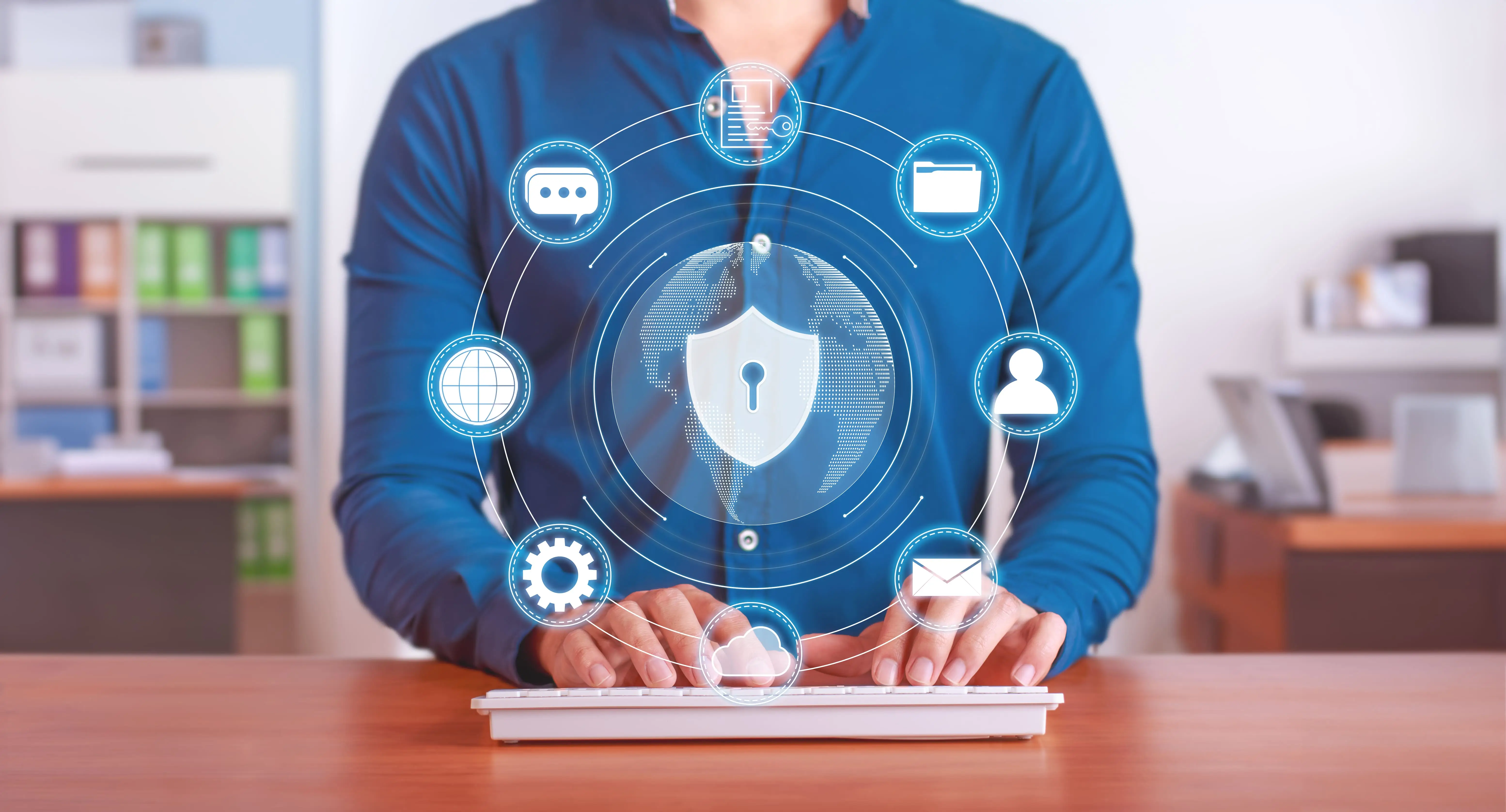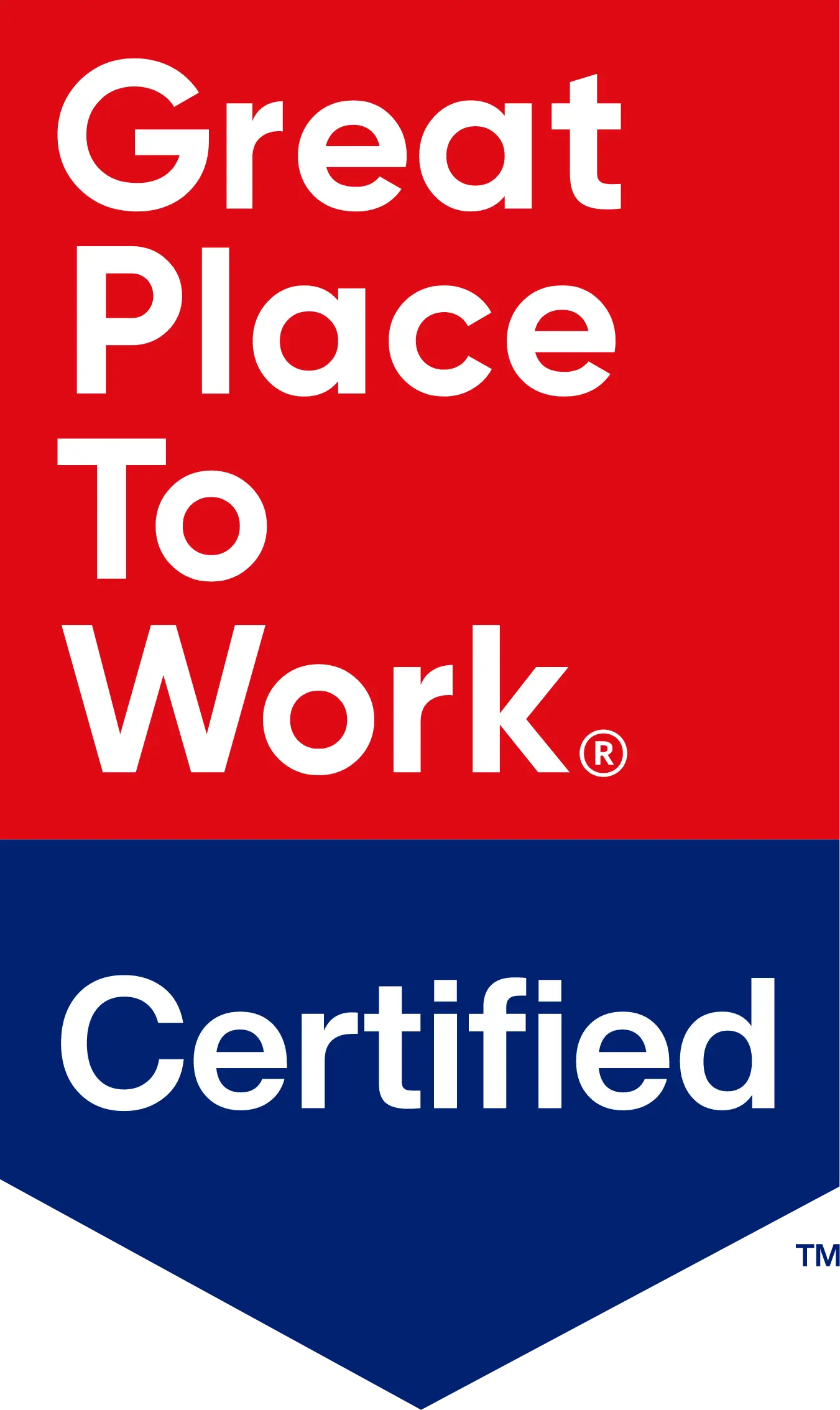
Share
Cybersecurity: Protecting Your Personal and Business Data in an Increasingly Connected World
With the rise of remote working and online transactions, cyber threats have become more sophisticated, and the consequences of a data breach can be catastrophic. This article will discuss the importance of cybersecurity, the common types of cyber attacks, and how to protect your personal and business data from cyber threats.
The Importance of Cybersecurity
Cybersecurity protects devices, networks, and data from unauthorized access or damage. It involves a range of strategies, technologies, and best practices designed to secure digital assets and prevent cybercrime. Cybersecurity matters because it protects our personal information, financial data, and other sensitive information from cyber threats, such as identity theft, data breaches, and ransomware attacks.
The consequences of a data breach can be severe for individuals and businesses. In addition to the financial losses and legal liabilities associated with a data breach, the loss of customer trust can have long-term consequences. A company that experiences a data breach may find it difficult to recover from the reputational damage and loss of goodwill that can result.
Types of Cyber Attacks
Individuals and businesses should be aware of several common types of cyber attacks. Understanding these threats can help you take steps to protect your data and prevent a cyber attack.
Phishing
Phishing is a type of cyber attack involving fraudulent emails, text messages, or websites to trick individuals into sharing sensitive information. Phishing emails often appear to be from legitimate sources, such as banks, social media platforms, or online retailers. They may include a link to a fake website that looks like the real one, where the user is asked to enter their login credentials or other personal information.
Malware
Malware is software designed to harm, exploit, or gain unauthorized access to a device or network. Malware can be delivered through email attachments, infected websites, or by exploiting vulnerabilities in outdated software. Common types of malware include viruses, Trojan horses, and ransomware.
Denial-of-Service (DoS) Attacks
A Denial-of-Service (DoS) attack is a type of cyber attack that aims to overwhelm a website or network with traffic, rendering it inaccessible to legitimate users. DoS attacks can be carried out using a botnet, which is a network of infected devices that can be controlled remotely by a hacker.
Man-in-the-Middle (MitM) Attacks
A Man-in-the-Middle (MitM) attack is a type of cyber attack that involves intercepting communications between two parties in order to steal information or modify data. MitM attacks can be carried out by exploiting Wi-Fi network vulnerabilities or using malware to intercept and modify data in transit
Password Attacks
Password attacks are a type of cyber attack that involves attempting to guess or crack a user’s password. This can be done through brute-force attacks, which include trying every possible combination of characters until the correct password is found. Password attacks can also be carried out using social engineering tactics, such as phishing emails that ask users to enter their passwords on a fake website.
6 Essential Tips to Protect Your Personal & Business Data
Protecting your personal and business data from cyber threats requires a combination of strategies, technologies, and best practices. Here are some steps you can take to improve your cybersecurity posture: Use Strong Passwords and Two-Factor Authentication One of the most effective ways to protect your data is to use strong passwords and enable two-factor authentication (2FA) wherever possible. A strong password should be at least 12 characters long and include a mix of upper and lowercase letters, numbers, and symbols. 2FA adds an extra layer of security by requiring a second form of identification, such as a fingerprint scan or a code sent to your mobile device. This makes it much more difficult for cybercriminals to gain access to your accounts, even if they have your password.

Keep Software and Systems Up-to-Date
Keeping your software and systems up-to-date is essential to protect against cyber threats. Software updates often contain patches for vulnerabilities that cybercriminals can exploit. This applies to your computers, mobile device operating systems, and any software you use, such as web browsers and productivity apps.
Use Antivirus Software and Firewalls
Antivirus software and firewalls can help protect your devices and networks from cyber threats. Antivirus software scans your device for malware and can detect and remove threats before they cause damage. Firewalls can block unauthorized access to your network and prevent cybercriminals from stealing your data.
Be Careful When Clicking Links or Downloading Attachments
Phishing emails often contain links or attachments that, when clicked or downloaded, can infect your device with malware or redirect you to a fake website where you may unwittingly enter sensitive information. Always be careful when clicking links or downloading attachments, and verify the source’s legitimacy before taking any action.
Educate Yourself and Your Employees
One of the best ways to protect against cyber threats is to educate yourself and your employees about cybersecurity best practices. This includes things like how to create strong passwords, how to recognize phishing emails, and how to use antivirus software and firewalls. Regular training and updates can help ensure that everyone in your organization knows the latest cyber threats and how to protect themselves and your business.
Backup Your Data
Regularly backing up your data is essential to protect against data loss caused by cyber-attacks. If your device or network is infected with malware or becomes otherwise compromised, having a backup of your data can help you recover quickly and avoid the loss of important information.

Conclusion
Cybersecurity has become a critical issue as we continue to rely more and more on technology to manage our personal and business data. Cyber threats are becoming more sophisticated, and the consequences of a data breach can be catastrophic. By taking steps to protect your personal and business data, you can significantly reduce your risk of a cyber attack.
Remember, cybersecurity is everyone’s responsibility, and taking action to protect your data is the best way to ensure a secure and safe digital environment. Cloud Destinations is an industry leader with a wide range of expert teams that helps businesses to implement cutting-edge technologies in their core systems and helps them to achieve their business goals.
Check our website at https://clouddestinations.com for further details or write to us at info@clouddestinations.com for any query.
 Back
Back














 Linkedin
Linkedin








